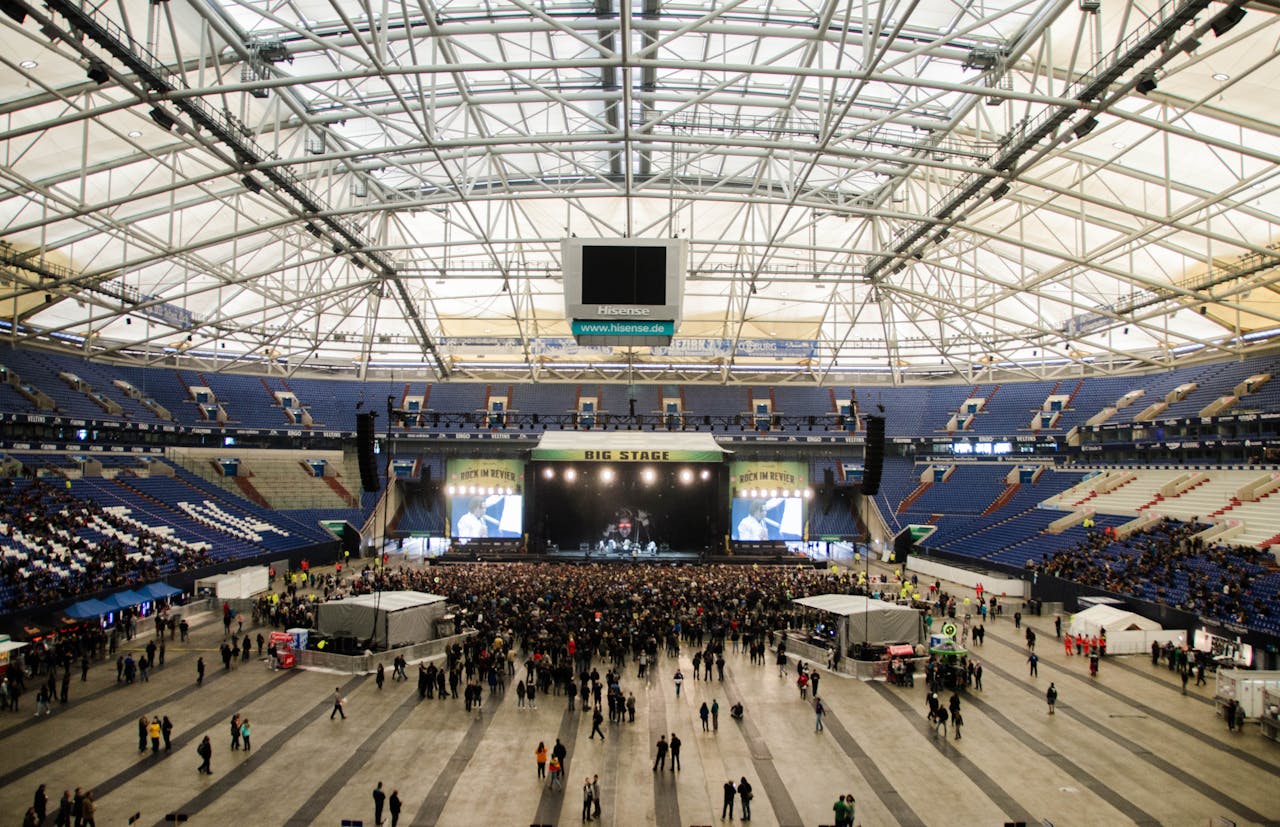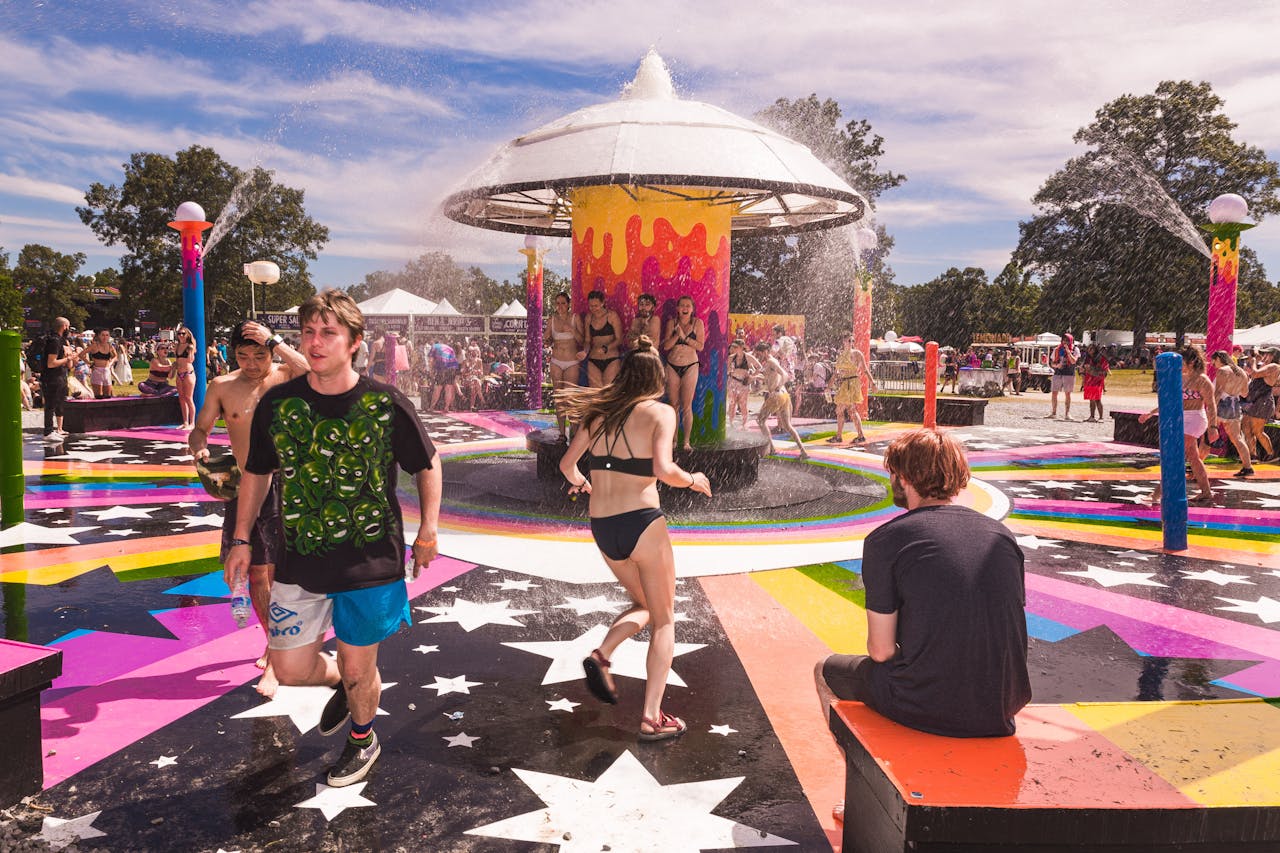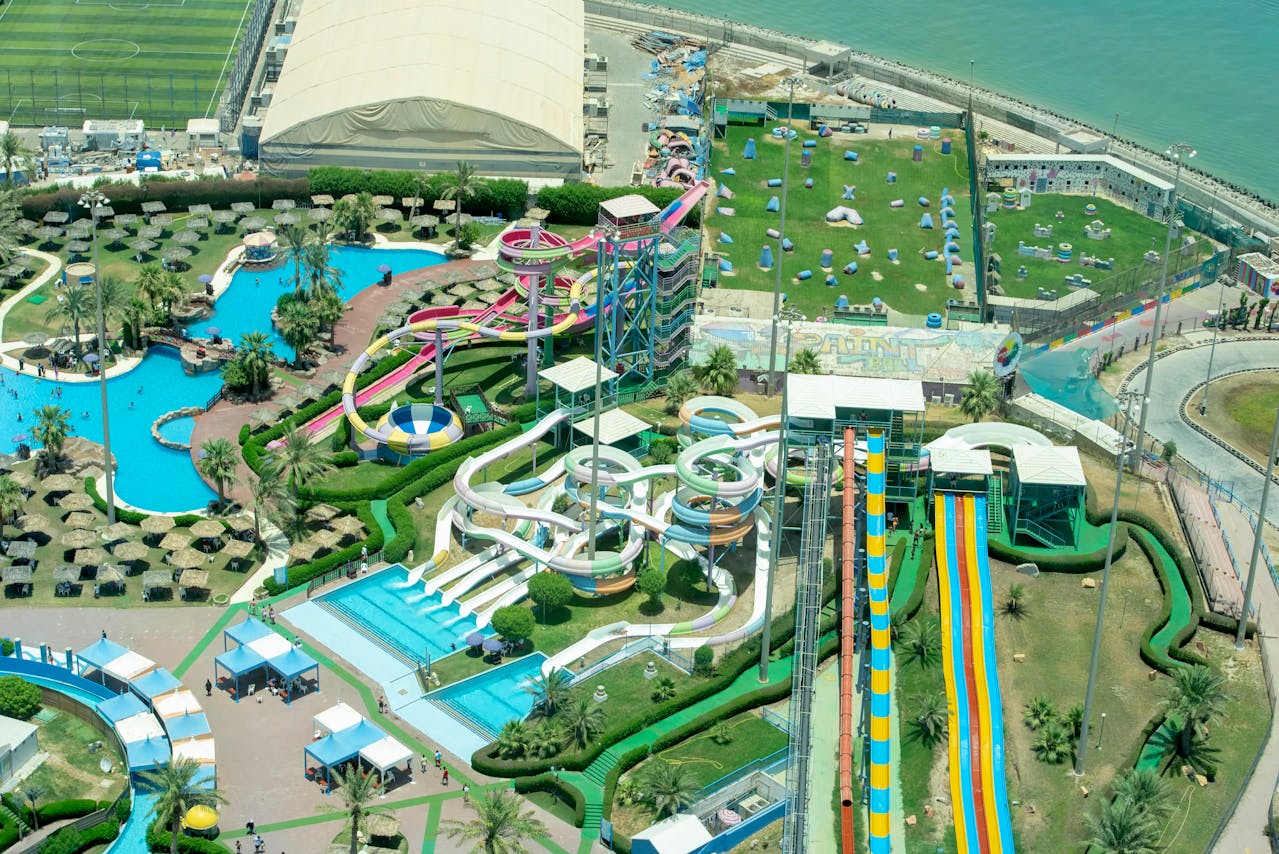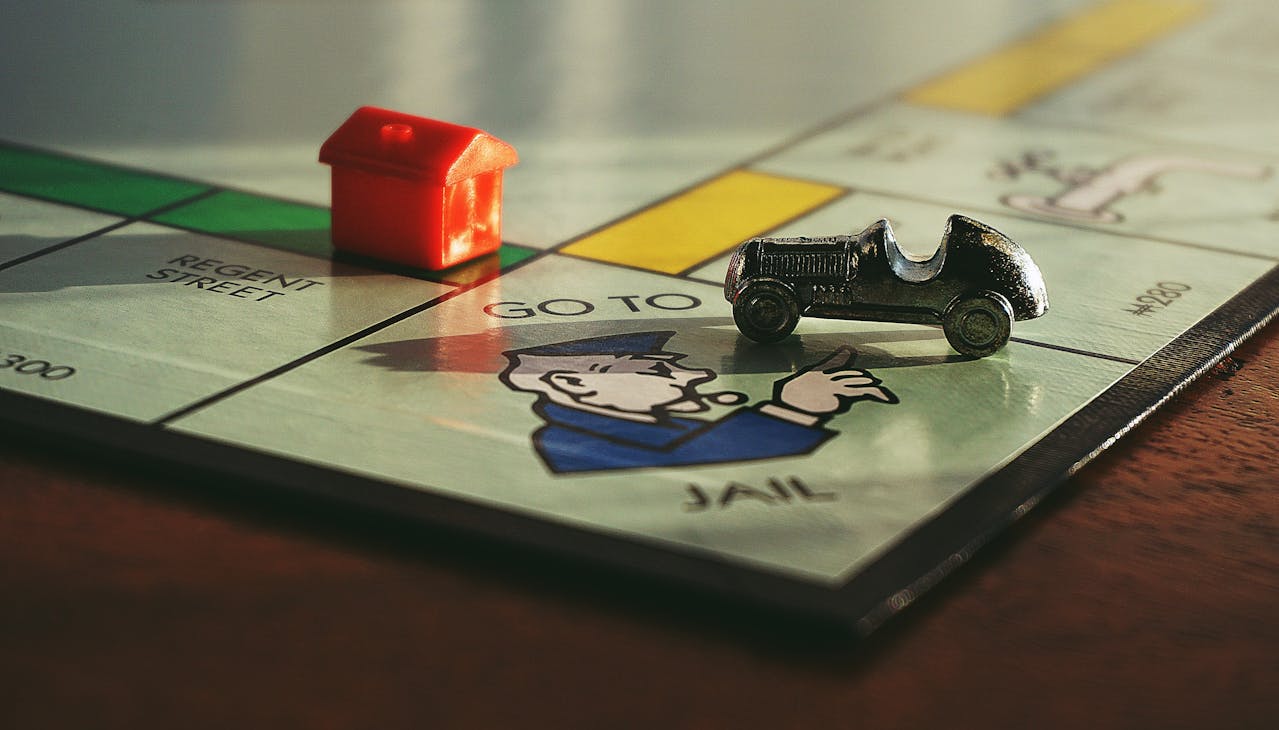Public relations sits at the intersection of brand storytelling, media engagement, and audience connection for lifestyle conferences and summits. As these events become increasingly competitive and sophisticated, PR professionals must master multiple disciplines – from crafting compelling narratives to measuring tangible results. The most successful lifestyle events combine authentic storytelling with strategic media outreach, while positioning speakers and brands as genuine thought leaders in their space. This comprehensive examination reveals the key strategies PR professionals use to create lasting impact through lifestyle events.
PR Overview
Creating Authentic Brand Narratives
The foundation of successful lifestyle conference PR lies in developing authentic narratives that resonate with target audiences. According to research from the FPRA PR & Communications Summit, 82% of event attendees say they’re more likely to engage with conferences that tell meaningful stories aligned with their values.
PR teams should start by identifying the unique value proposition that sets their event apart. This means going beyond basic event details to uncover the deeper story – whether that’s sustainability, personal growth, or industry advancement. For example, the WorkWell 2025 Conference builds its entire narrative around professional development and wellbeing for women in PR, creating natural storytelling opportunities across all communications.
Media materials should weave this core narrative throughout all touchpoints. Press releases, social content, and speaker announcements need to reinforce the event’s central theme while providing fresh angles for different audience segments.
Strategic Media Relations
Media coverage can make or break a lifestyle conference’s success. The most effective PR teams start media outreach 6-8 months before the event, according to data from Cision’s 2025 PR and Communications report. This timeline allows for relationship building with key journalists and creates multiple opportunities for pre-event coverage.
When developing the media strategy, consider:
- Creating targeted press lists based on beat, outlet type, and previous event coverage
- Offering exclusive interviews with keynote speakers
- Providing early access to event content and research
- Developing multimedia press kits with high-resolution images and video
- Planning on-site press rooms and media opportunities
The PR Net’s Future Focus 2025 conference demonstrates this approach well. Their media strategy includes personalized pitching to lifestyle journalists, dedicated interview spaces for media, and real-time content creation for press use during the event.
Building Thought Leadership
Successful lifestyle conferences position their speakers and brands as industry authorities. This requires a carefully orchestrated approach to content development and speaker promotion.
Start by working with speakers to develop unique insights and data points that journalists will want to cover. Help them craft compelling presentations that offer genuine value rather than sales pitches. The FPRA Summit suggests that presentations including original research or exclusive announcements generate 3x more media coverage than standard talks.
Social media amplification plays a critical role in thought leadership development. Create a content calendar that highlights speaker expertise before, during, and after the event. Share preview content, behind-the-scenes looks, and key takeaways across platforms.
Measuring Impact and ROI
Modern PR professionals must demonstrate clear returns on event investments. The AMEC Measurement Summit outlines several key metrics for lifestyle conference PR:
- Media impressions and sentiment analysis
- Social media engagement and share of voice
- Speaker quote pickup in industry coverage
- Post-event survey responses
- Lead generation and business development outcomes
- Year-over-year growth in media coverage
Use media monitoring tools to track coverage volume and quality. Analyze social listening data to understand audience sentiment. Track speaker placement in industry articles and blogs. Most importantly, tie these metrics back to business objectives.
Technology Integration
The integration of technology has become non-negotiable for lifestyle conference PR. Virtual components, social media activation, and real-time content creation all require strategic tech deployment.
Live streaming sessions, virtual press conferences, and digital media rooms extend event reach while creating additional content opportunities. The PR Net’s Future Focus 2025 uses AI-powered tools to generate real-time social content and monitor media coverage during their events.
Success in lifestyle conference PR demands a sophisticated blend of storytelling, media relations, and measurement. PR professionals who master these elements while staying current with technology trends will create the most impact for their events and brands. As you develop your next conference PR strategy, focus on authentic narrative development, strategic media outreach, and clear measurement frameworks. These fundamentals, combined with thoughtful technology integration, provide the foundation for successful lifestyle event PR.
Promoting Eco-Friendly Water Parks
Water parks face an interesting challenge in today's environmentally conscious world: they must...
Water Park Public Relations – A Focus on Accessibility
Creating a PR campaign focused on water park accessibility requires careful planning, authentic...
Building And Maintaining A Loyal Community Around Boards Game Through Social Media And Online Forums
Public relations plays a vital role in the board game industry, where success often depends on...




